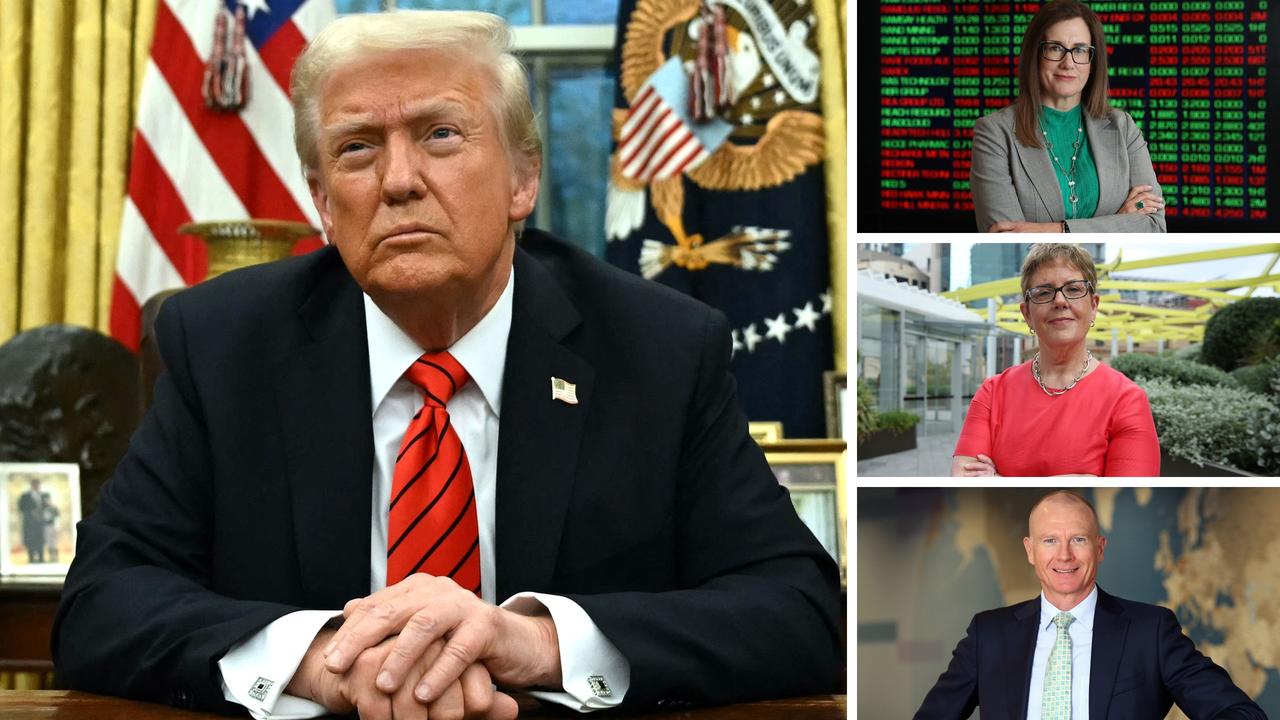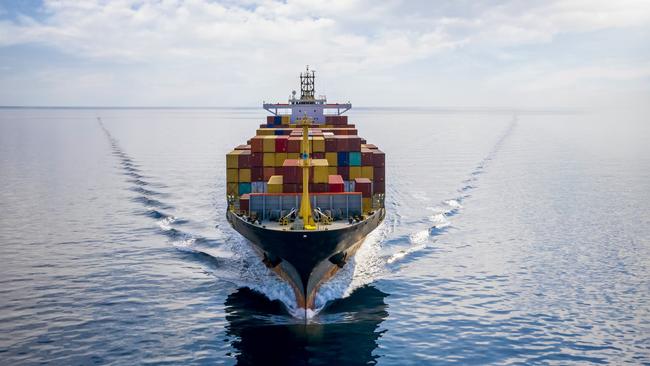
If Anthony Albanese really wanted to shore-up the economy he should steer clear of the romantic notion of a national shipping fleet and instead call for a container pooling scheme or an online pallet exchange.
Of course an Uber-style app for shipping containers is not going to forge national identity as much as the idea of the “MV Marrickville” – a Canberra-flagged cargo ship plying its way around the high seas.
But the opposition leader’s planned fleet of supertankers to protect supply security will do little to alleviate the supply squeeze, and the boats will soon face the same operational headaches slowing down every other freighter around the world. And that really comes down to what every importer knows too well. Ports and pallets.
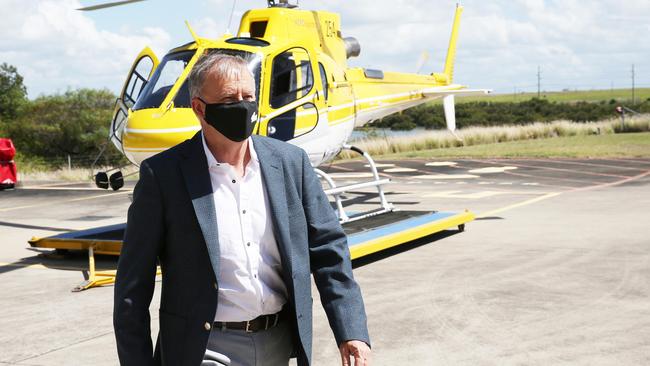
All parts of the supply chain – shipping, transport, warehousing, labour and the last mile delivery – have come under extreme pressure given the way the Covid pandemic is reshaping the economy. And Australia as a net importer of finished goods is particularly vulnerable.
That’s why the next few weeks could see a clutch of profit warnings trickling through from listed companies as supply chain costs through the December half finally hit home.
Days out from Christmas newly listed online underwear retailer Step One stepped up to the mark.
As well as a GST-invoicing headache which investors took in their stride, Step One conceded that logistic headaches had hampered sales momentum, particularly in the UK.
Step One – which is behind the environmentally friendly underwear brand of the same name – said its logistic problems boiled down three areas: inbound freight, the third party warehousing and the last mile delivery.
It was the last two of these which were particularly problematic and were spurred on by the online sales frenzy of Black Friday. It was the slower delivery times getting the underwear from the warehouse to the front door that crimped Step One’s Christmas trading.
“It just simply made it difficult for us to bring out new colours, new releases, while we were suffering from a backlog of deliveries,” says Step One chief executive Greg Taylor.
Locally, other retailers were caught short during September as Australia Post paused parcel delivery pick-ups as it attempted to clear a massive backlog brought about by a combination of record online delivery volumes and staff shortages on Covid isolation rules.
Online retailer Kogan.com had its own profit issues around warehousing and inventory issues. Kogan which generates more than $1bn in online sales, is now looking at bringing last mile delivery in-house and so it doesn’t have to share delivery vans with dozens of other retailers. It also becomes a cost lever because the last mile makes up as much as 30 per cent of total transport costs for retailers.
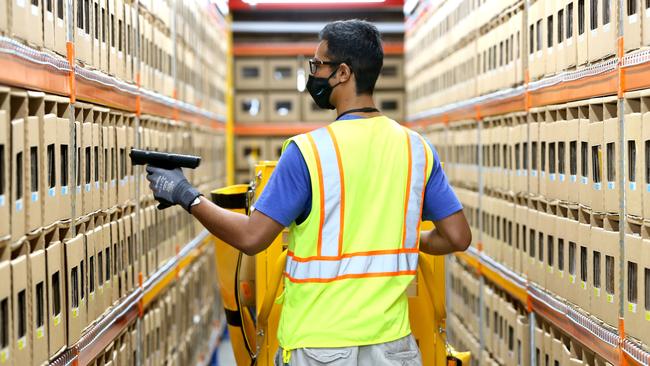
Brambles, a global empire built on the humble wooden pallet, is at the front line of supply chain problems. Like the run on toilet paper there’s been a degree of “pallet hording” as manufacturers fear they won’t have enough to get product out of the warehouse. Compounding this is shortages in the wood needed to make new pallets as well as labour and transport pressures.
This was enough to prompt supermarkets Woolworths and Coles to form a taskforce to tackle the shortage. Brambles also points to the massive take up in e-commerce which has caused demand for pallets to soar as goods are moved around warehouses.
Brambles is also pulling itself into the modern age, as it starts to roll out digital tracking over its some 345 million pallets around the world. But the move to smart pallets is a massive exercise which will come at a cost.
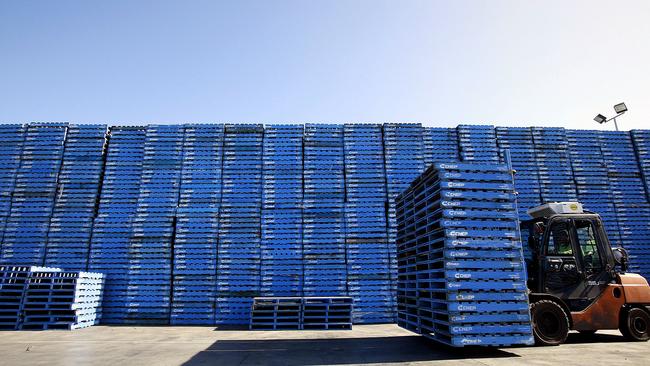
Port in storm
Even through the height of the pandemic access to ships wasn’t a problem for Australia. In fact at one point during March and April of 2020 in the depths of the pandemic there was simply too much shipping capacity and anyone could have secured a super-sized Panamax at some of the cheapest rates in more than three decades.
Fast forward to 2021 and the cost of freighting goods on a ship steadily increased as the global economy rapidly recovered. Then pricing for ships and containers went on a tear in October. It was just around that time that retailers around the world were scrambling to secure containers to fill their warehouses before the Black Friday sales and Christmas rush.
An index tracking the price of moving bulk goods at sea – The Baltic Dry index – peaked at 5680 points in early October. Last week it was priced at 2217 points. In other words the cost of getting bulk materials on a big boat had fallen more than 60 per cent. That’s the market at work.
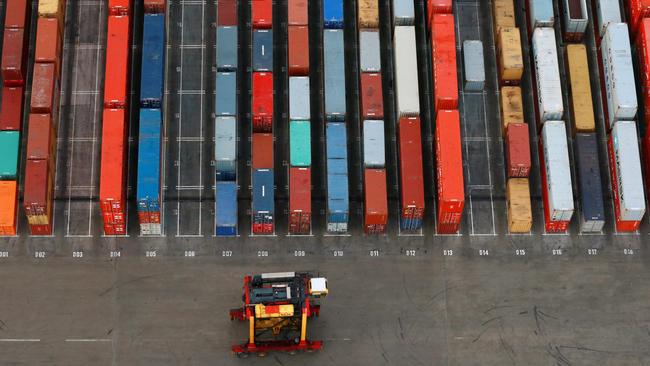
The nation’s big importers will tell you time and time again the headaches have not been about securing shipping capacity but getting the containers to put the goods and then getting those goods through the local ports.
Another index tracking the cost of hiring containers has barely budged since October. At the time it cost more than $US10,000 ($13,790) per container and now it sits at around $US9,293. Leading into the pandemic it was averaging just $US1500 for the cost of a container.
One of Australia’s leading authorities on ports and shipping, Peter van Duyn of Deakin University’s Centre for Supply Chain and Logistics, says the congested ports are likely to keep container supply issues tight going into 2022, although much of the pain from late last year is levelling off. A string of holidays in China around Chinese New Year celebrations at the end of this month there should also provide some breathing room for ports to catch up.
Van Duyn points to the massive backlog at the Port of Los Angeles, the biggest in the US, which has been having a knock-on effect for the entire trading system.
A range of reforms fast-tracked by US authorities in recent months including opening up for around the clock deliveries and higher penalties for late pick-ups has helped move the tens of thousands of containers piled up.
At any one point 10 per cent of the world’s containers are sitting on a ship waiting to go to a port and when shipping costs are elevated and port turnaround times are slow, few are taking empty containers back to China where they are desperately needed.
As shipping costs come down containers are starting to move around the world again, which is helping the boats stay on course.
johnstone@theaustralian.com.au






